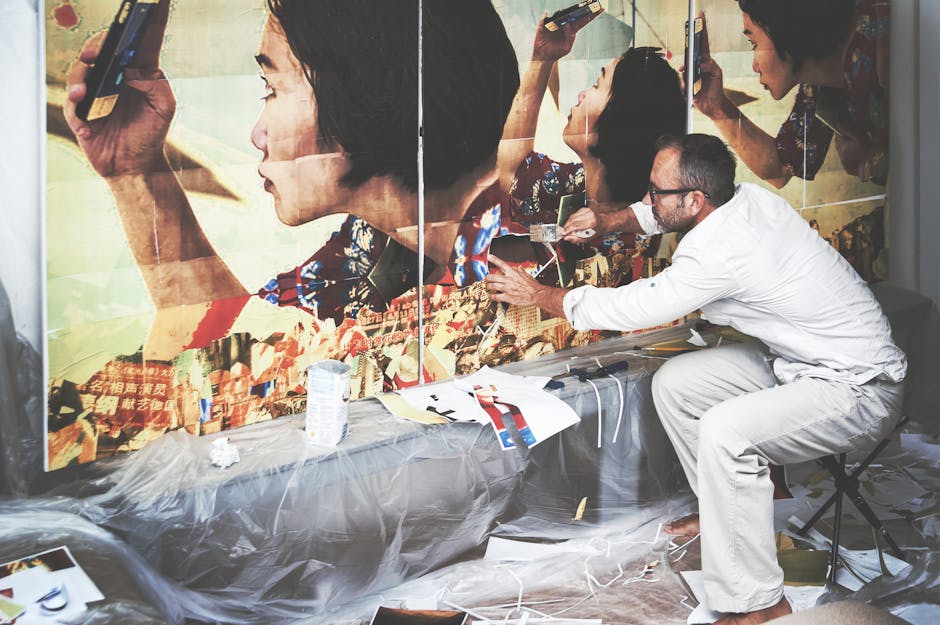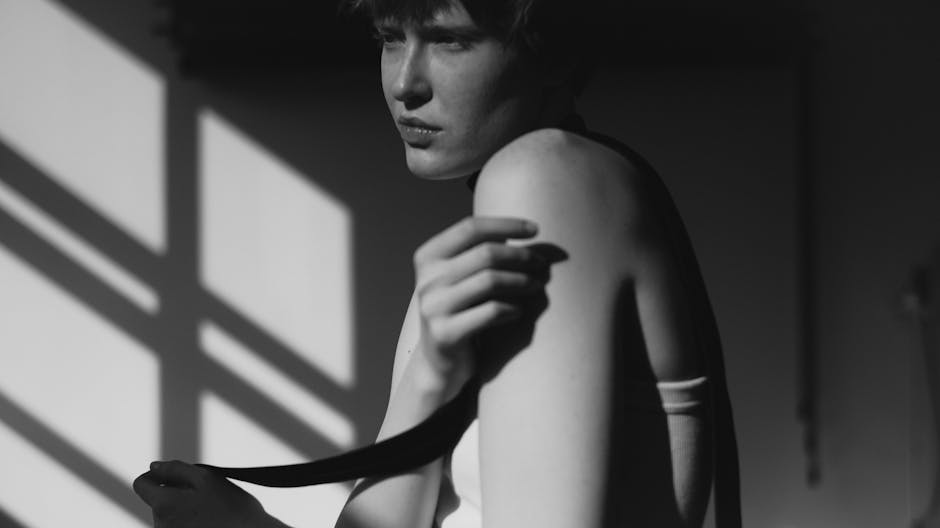In portrait painting, every stroke carries intent and emotion. From outline to final touches, capturing a subject's essence combines technique with understanding human expression. This exploration invites artists to embrace precision and creativity, allowing each element to contribute to a vibrant story on canvas.
Effective Outlining
Laying down an effective outline is crucial in portrait painting. Begin with the eyes and work outward. A solid outline on your canvas is your roadmap to success.
Drawing the outline is about capturing essence, balance, and perspective. Some artists draw freehand, while others use projectors to trace the image. Focus on accuracy and proportion, ensuring every part of the face aligns harmoniously.
Once complete, lay down a translucent layer of acrylic paint mixed with a clear medium over your drawing. This seals your outline and prevents smudging as you build layers. It also allows you to start fleshing out tones, serving as a guidepost for shadows and highlights.
Every artist encounters moments where strokes don't quite communicate what the heart desires. The outline is your safety net, but it's not impenetrable. You'll need to test the waters and learn as you go.
Transforming colors, adding light, and carving depth all begin with that first careful outline. Embrace it as part of the process, like adding final details that bring vibrancy to a portrait.

Mastering Eyes
The eyes often hold more power than any other feature within a portrait. They command the viewer's gaze and reveal much about the subject. Crafting eyes involves capturing intricate details that make them alive.
Start by observing closely. Notice how the whites aren't merely white, but contain hints of blue, gray, or green. The sclera holds subtle veins and shadows that betray emotions and fatigue. Replicating these features accurately adds depth to your work.
The iris is a mosaic of hues, subtly shifting from outer edges inward. With careful observation, you can distinguish intricate lines and the play of light that defines its roundness and depth.
Adding highlights gives eyes life. Consider the light source and how it reflects within the eye's cornea. A pinpoint highlight can endow the eyes with a lifelike shimmer, enhancing the portrait's emotional resonance.
Allow for a touch of abstraction as you depict the eyes. Let your brushstrokes mimic fluidity, ensuring the eyes don't become stagnant. Each stroke should carry intent, blending seamlessly to create a captivating gaze.
Achieving mastery in painting eyes demands empathy and perception. Spend time understanding what those eyes are trying to convey and let that emotion guide your strokes. Through this blend of technique and emotion, let your portraits tell a story with every intricate detail.
Tone Techniques
Mastering tones in portrait painting is like crafting a symphony where shadows, midtones, and highlights play their part. Begin with darker tones as your foundation, setting the structure of the portrait. These define contours and encapsulate the subject's form.
Weave in midtones next—the transitions between shadow and light. They capture nuanced subtleties of skin, fabric, or settings. Think of midtones as storytellers, inviting viewers to explore the portrait's various facets.
Layer lighter tones to highlight features that should stand out—the gleam of an eye, contour of a cheekbone, or curve of a smile. Use these sparingly to add drama and vibrancy.
Balancing these tonal elements brings depth and dimension to your work. It's a dialogue with your subject, portraying how light interacts with surfaces. Be careful not to overwork tones; allow them to breathe and complement each other.
This process isn't about achieving photo-realism, but breathing life into pigment. Approach your canvas as an expression of life itself, with all its highs and lows projected onto one singular, engaging stage.

Palette Selection for Flesh Tones
Selecting the right colors for flesh tones is vital in portraying realistic human skin. Your palette might include:
- Ultramarine blue
- Cadmium red
- Yellow ochre
- Ivory black
- Titanium white
Together, they create a spectrum that captures the essence of life on canvas.
Ultramarine blue provides cooler shadows and depth without overpowering. Cadmium red infuses warmth and vitality, adding blush to cheeks or subtle glow to skin. Titanium white offers clarity and brightness for highlights. Yellow ochre adds an earthiness that tempers the vibrancy of reds and blues.
Combine these colors thoughtfully. They don't merely imitate flesh—they convey rich histories through light and shadow. Experiment to create peachy softness in cheeks or mysterious shadows beside a nose. Embrace the diversity of shades, as unique as the stories each portrait tells.
While some aim for hyper-realism, remember that a painting's strength often comes from capturing the essence of being rather than imitating surface appearances. Create with bold strokes, allowing your colors to express more than just shades on skin, but life itself—vibrant and intriguing.
Portrait painting is about conveying life and emotion through color and form. By focusing on these elements, artists can create works that resonate deeply with viewers, transforming simple strokes into compelling stories.
- Svoboda M. Ancient Panel Paintings: Examination, Analysis, and Research. J Paul Getty Museum. 2019.
- Gates-Foster J. Mummy Portraits in Roman Egypt: Cultural Identity and Social Status. Oxford University Press. 2020.
- McNee L. Steven Rosati's Portrait Painting Palette System. Fine Art Tips. 2018.
























